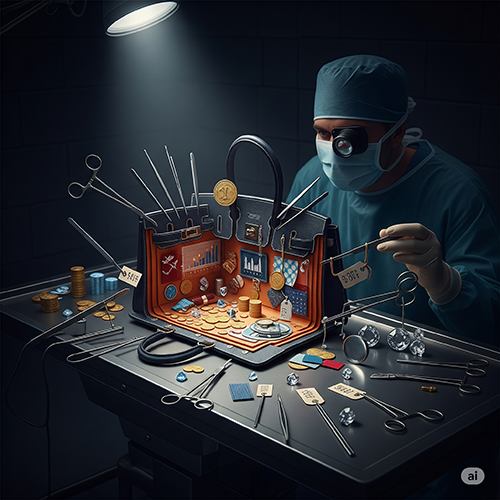 “They handed over the blueprints, the keys, and the Porsche”: Chronicle of a “Made in France” Industrial Suicide
“They handed over the blueprints, the keys, and the Porsche”: Chronicle of a “Made in France” Industrial Suicide
It was beautiful, it was grand, it was stupid. We’d been promised the conquest of the Middle Kingdom, business class at bargain prices, and 1.4 billion customers who, even if they didn’t speak French, would surely recognize the excellence of our tweed tailors and our composite-material aircraft.
But to set a toe in China, you first had to bend a knee. Joint venture, technology transfer, open every drawer including the one holding industrial secrets. “They copy, but they’ll never know how to innovate,” people would repeat at dinner parties, between a flight to Shanghai and a vintage champagne, with “El Gringo” leading the parade.
The Chinese copied, then they innovated—and goodbye. Back then, COMAC was a joke. A Chinese airplane? More like a flying deep fryer, thought people in the corridors of Airbus. Today, COMAC makes the C919, a serious competitor to the 737 MAX and the A320. And no, it’s not a model it flies.
In luxury? Same smirk: “They don’t have our culture of refinement.” They didn’t need it. They copied first, and now they’re creating Chinese brands emerging, selling, and appealing. Meanwhile, we’re recycling the 1992 ankle boot at €3,000, on the advice of The Funny One.
As for AI, Huawei and company do more than compete: they impose their standards, their chips, their vision of the future… and in France, we proudly celebrate a chatbot that can answer a riddle about Molière.
“But their products aren’t high quality,” some still repeat, between two meetings on “sustainable luxury.” Except China no longer sells just gadgets. It sells design, technology, vision. Chinese electric cars, smartphones, clothes, even satellites, are now better and cheaper and while they move forward, we argue about the price of a baguette on high-speed trains, between strikes.
“We’re doomed!” Really? Not yet. But we must stop believing our cashmere makes us invincible. Yes, we still have strengths: creativity, high technology, diplomacy… but without a common strategy and an industrial backbone, we’re heading straight for decline. And no, a gold logo on a perfume bottle won’t save us.
Faced with all this upheaval, we look elsewhere. We squabble over Euro 2024 rules, debate skirt lengths in high schools, and leave China to design the future methodically, scientifically, strategically.
Perhaps, in the world of luxury, the only real innovation left lies in after-sales service. In France, it is virtually nonexistent. The Chinese, on the other hand, waste no time: to protect a brand’s image, they’ll send you a brand-new model, no questions asked.
I, for one, recall a telling episode: having sent my TAG Heuer watch for repair, I waited six long months, only to be told it had “disappeared.” It took the intervention of the right person, accompanied by a sharply worded letter, for the watch to reappear almost magically. No doubt it had already found its discreet way into the heritage reserves of the house.
Gentlemen of luxury, you who reign in cashmere and manage by golden PowerPoint slides, perhaps it’s time to uncross your arms and open your eyes from your holiday in Toledo. Your empire will no longer rest on the shoulders of a fantasized Louis XIV, nor on the coy pouts of gala demi-mondaines. The world is watching—and it’s starting to yawn.
FM
